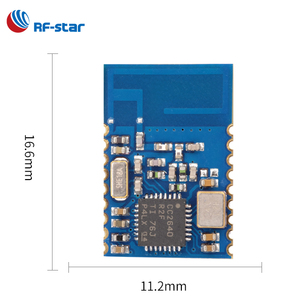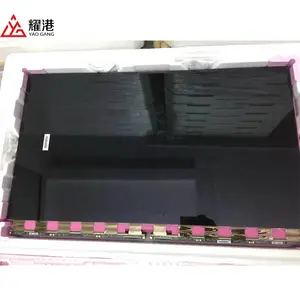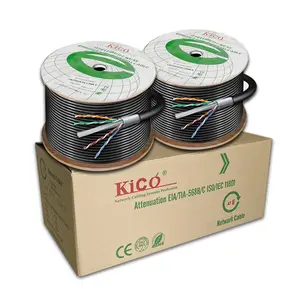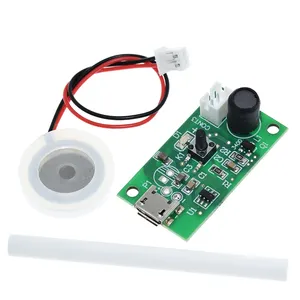Popular in your industry


















































Top categories
About 868mhz receiver rf module
Introduction to 868MHz RF Receiver Modules
The 868MHz RF receiver module is a compact and versatile component widely utilized in the field of wireless communication. Operating on the 868MHz frequency band, these modules are essential for establishing reliable RF communication for various applications.
Types and Configurations
Diversity in design allows 868MHz RF modules to cater to different technical requirements. Common types include superheterodyne and super-regenerative modules, each with unique characteristics suitable for specific tasks. The choice of module depends on factors such as range, data rate, and power consumption.
Applications of 868MHz Receiver Modules
These modules are integral to systems requiring remote control and telemetry, such as home automation, sensor networks, and industrial control systems. The 868MHz band is preferred for its balance between range and power efficiency, making it ideal for IoT (Internet of Things) applications.
Features and Materials
RF receiver modules at 868MHz are designed with advanced materials that ensure durability and consistent performance. Features often include low power consumption, sensitivity to weak signals, and the ability to filter out noise, contributing to their robustness in various environments.
Advantages of Using 868MHz Modules
The 868MHz frequency offers advantages such as less interference compared to crowded bands like 2.4GHz. Modules in this frequency are also known for their longer range capabilities, which is beneficial for applications that are spread out geographically.
Considerations for Selection
When selecting an 868MHz receiver, it is crucial to consider the module's compatibility with the intended application's frequency and protocol requirements. Additionally, the module's sensitivity and power requirements should align with the deployment environment's constraints.

































